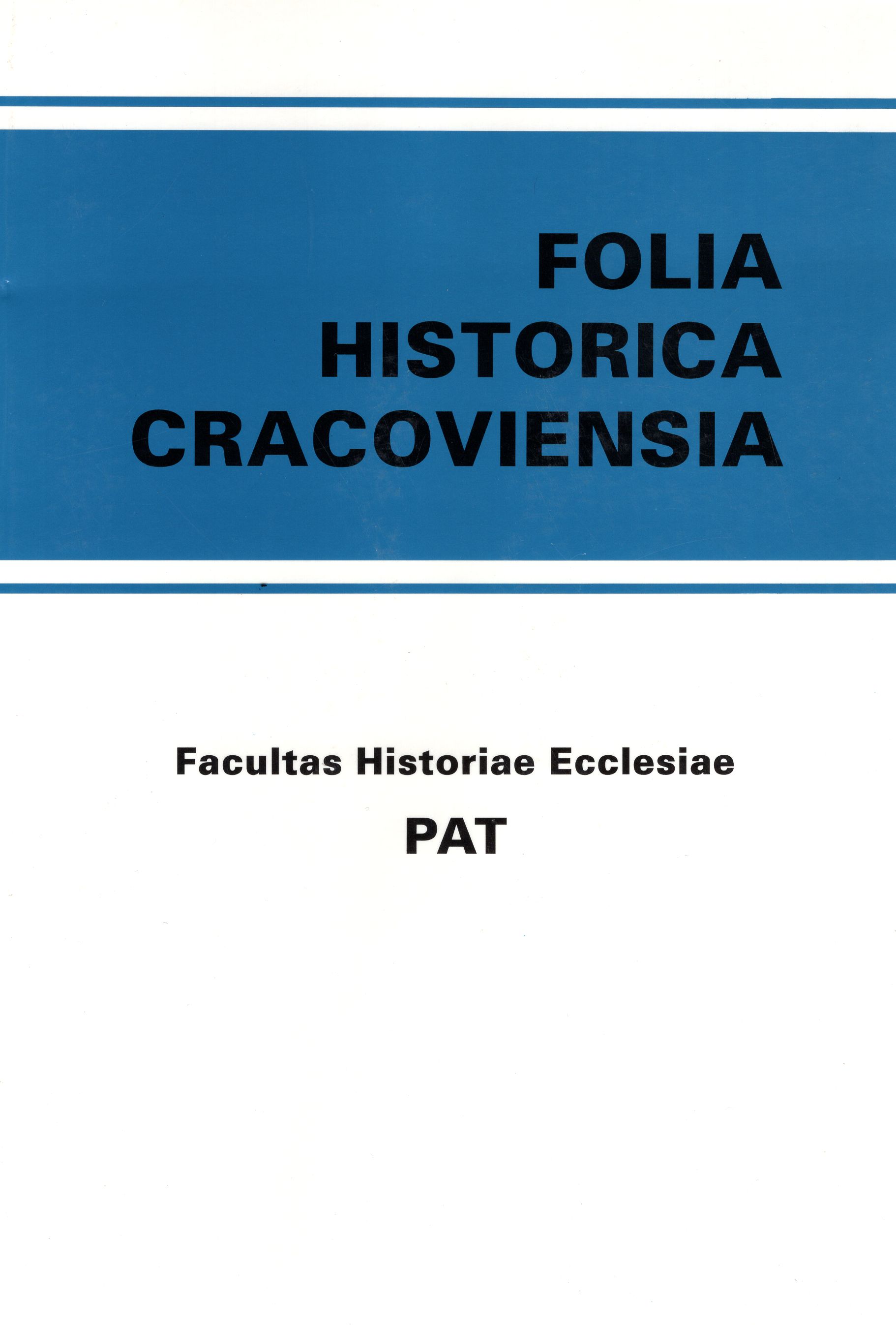Reflection of Crusade Ideas in Medieval Art of 12* and 13* Centuries with Special Emphasis on Crusade Motives in Polish Art
DOI:
https://doi.org/10.15633/fhc.1240Keywords:
Crusade Ideas, Medieval Art, Crusade Motives in Polish ArtAbstract
Literary inheritance of the Middle Ages has always been an invaluable source for researchers o f this epoch. It is the most valuable word for us. It needs to be mentioned, however, that a medieval recipient of literature was doubtlessly a member of a small elite. Few could claim to possess the ability to read and write. What appealed to the masses was an image – the most influential carrier of ideas. Wall paintings, sculptures, portals at the entrance to churches, coins with iconography best appealed to imagination. Symbolic representations affected the senses. “Pictorial system of communication played a role much more important for societies of the past than contemporary Polish historical literature acknowledges.” Touching upon a subject as vast as the crusade movement and the idea of fighting for every piece o f the Holy Land, one cannot let any information that was engraved or painted go unnoticed. Art, along site historical information, shows us a huge amount of propaganda material. Tiny details, the quality of outcome, the nicety of presentation are of no importance;what counts are the contents of depictions and the message. Art was therefore an educational factor used to show a certain model, in our considerations an ideal model, o f a Christ’s knight. The idea of crusades, both the Jerusalem crusade and the one broadly understood as a war against paganism, was also propagated through art.
Downloads
Published
Issue
Section
License
Copyright (c) 2015 Katarzyna Kabulak

This work is licensed under a Creative Commons Attribution-NonCommercial-NoDerivatives 3.0 Unported License.
Authors who publish with this journal agree to the following terms:
- Authors retain the copyright and full publishing rights without restrictions, and grant the journal right of first publication with the work simultaneously licensed under a Creative Commons Attribution 4.0 International License that allows others to share the work with an acknowledgement of the work's authorship and initial publication in this journal.
- Authors are able to enter into separate, additional contractual arrangements for the non-exclusive distribution of the journal's published version of the work (e.g., post it to an institutional repository or publish it in a book), with an acknowledgement of its initial publication in this journal.
- Authors are permitted and encouraged to post their work online (e.g., in institutional repositories or on their website) prior to and during the submission process, as it can lead to productive exchanges, as well as earlier and greater citation of published work (See The Effect of Open Access).

